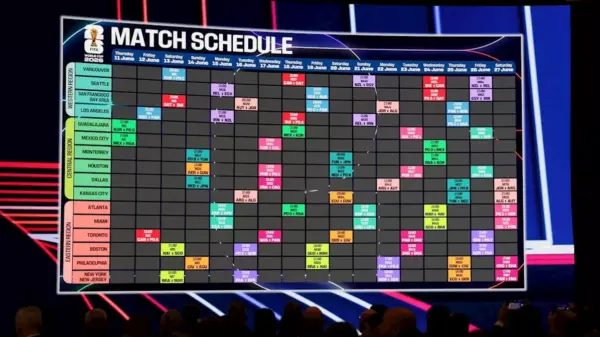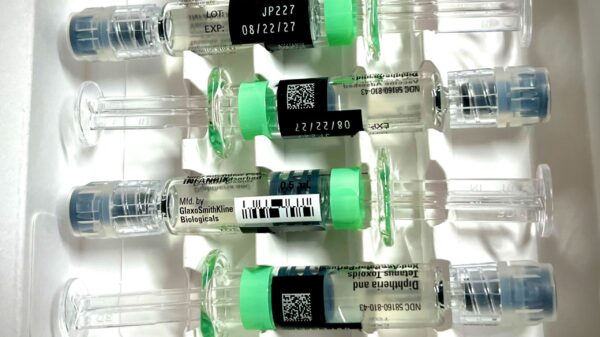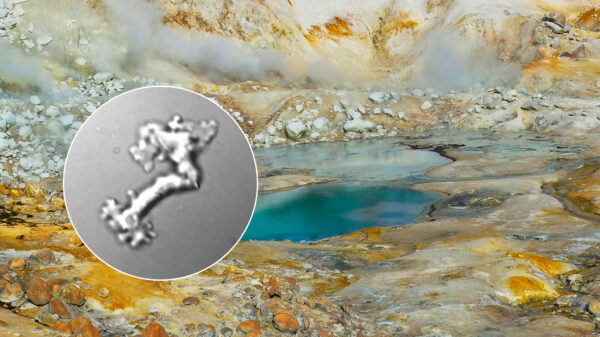Researchers have developed a groundbreaking display technology that not only changes colors but also cools the surface beneath it, offering a more energy-efficient alternative to traditional electronic signs. Published in the journal ACS Energy Letters, the study highlights the potential of this dynamic display to revolutionize outdoor signage and smart devices.
The innovative technology employs a passive cooling mechanism that dissipates heat rather than generating it. Co-authors Boxiang Wang, Ming Xiao, and Shenghao Jin explain that this display can be attached to flexible surfaces, including those that conform to human skin. This capability could lead to the next generation of sustainable outdoor signs that also contribute to energy efficiency in buildings. “The technology could be used on building billboards to show ads and also help passively cool a building’s interior,” the researchers stated.
As global temperatures rise due to climate change, there is an increasing demand for cooling solutions that are energy-efficient. Current cooling materials often rely on passive daytime radiative cooling but are typically limited to white or silver colors. This limitation prevents them from adapting to various visual needs. The research team aimed to create a material that could change colors when a voltage is applied while remaining cool.
The team designed a proof-of-concept device using a multilayered electrode combined with an indium tin oxide glass counter electrode and a silver-containing electrolyte solution. By adjusting the voltage, the display can switch between white and colored states. In the white state, the top layer reflects light, allowing the device to cool. When the voltage is adjusted to display a specific color, silver from the electrolyte deposits onto the bottom glass electrode, absorbing limited wavelengths of light without generating heat.
In laboratory tests, the device successfully reduced the temperature of the substrate underneath by 5 to 10 degrees Fahrenheit (3 to 5 degrees Celsius) compared to the surrounding air while changing colors. This cooling effect is absent in conventional passive cooling materials. The new display outperformed existing technologies in summer heat, cooling the surface underneath by 11 to 23 degrees Fahrenheit (6 to 13 degrees Celsius) more than traditional display devices, while still showcasing vibrant colors like magenta.
The researchers further innovated by creating a pixelated electrode with separate holes for the electrolyte solution. This design allows for independent control of each pixel’s color by applying different voltages, enabling the formation of letters that are visible under indoor lighting and sunlight. The versatility of this technology was demonstrated when the device was attached to flexible plastic backings and wrapped around a person’s arm.
Looking ahead, the team envisions applications of this technology in smart buildings, vehicles, outdoor displays, and wearable devices. As the world seeks solutions to combat rising temperatures, this dynamic display technology represents a significant step towards sustainable, energy-efficient design.






































































